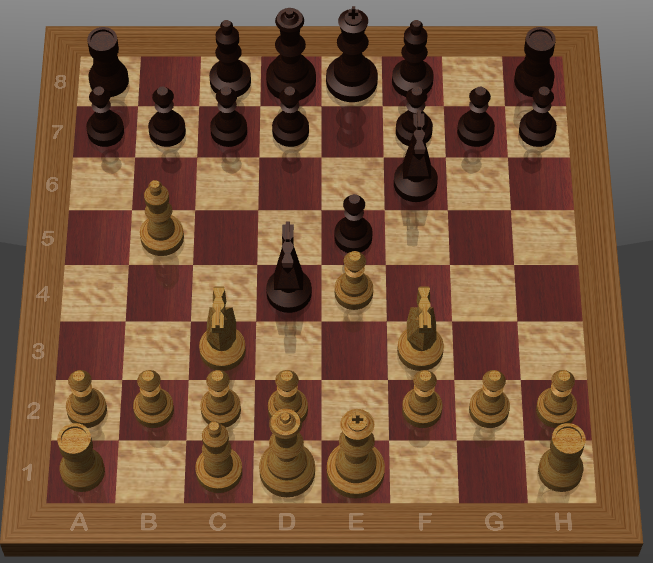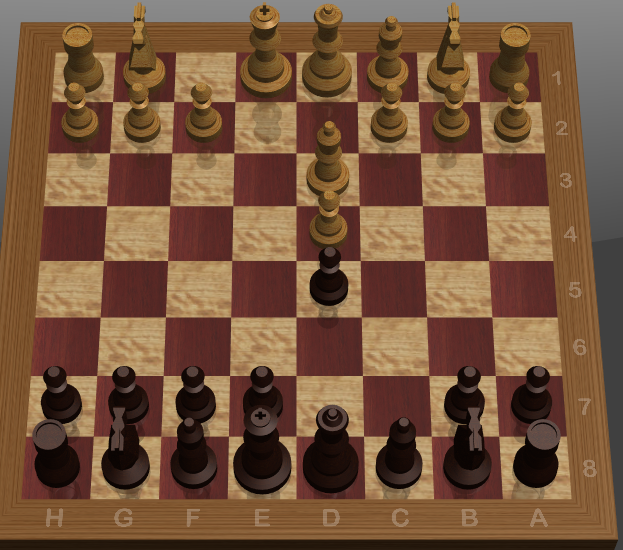In the last post we covered the French Defense by having white take d5 on move 3. We showed that this wasn’t a very strong position for white. However, there are other variations. This post will cover white moving 3. Nc3 instead. To review, the first three moves for white are:
- e4 e6
- d4 d5
- Nc3
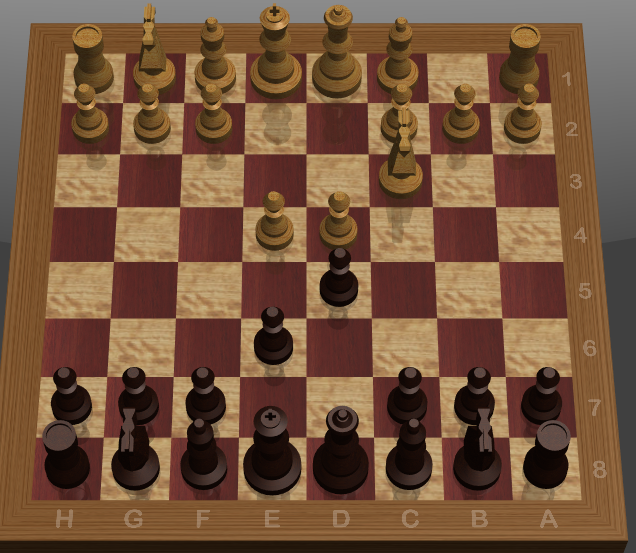
White makes this move to maintain tension in the center. With that in mind, black has several possible responses: 3… d5xe4, 3…Bb4, or 3…Nf6. Let’s look at these:
3… d5xe4
This is not a desirable response by black as it concedes the center. Black’s queen bishop is still blocked and white ends up with a majority of pawns on the queen side which will come back to bite black in the endgame.
4. Nxe4 Nbd7
5. Nf3 Nf6
6. NxN+ NxN
7. Bd3 c5
8. d4xc5 Bxc5
9. 0-0 0-0
10. Bg5 b6
11. Qe2 Bb7
12. Rad1
After 12 white indeed has a majority of pawns on the queen side and is set up for an attack on the king side.
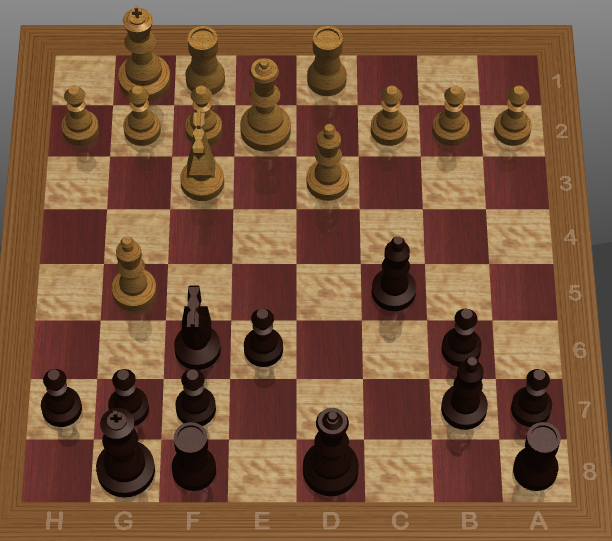
3… Bb4
With this move, black can win a pawn so white needs to prevent this.
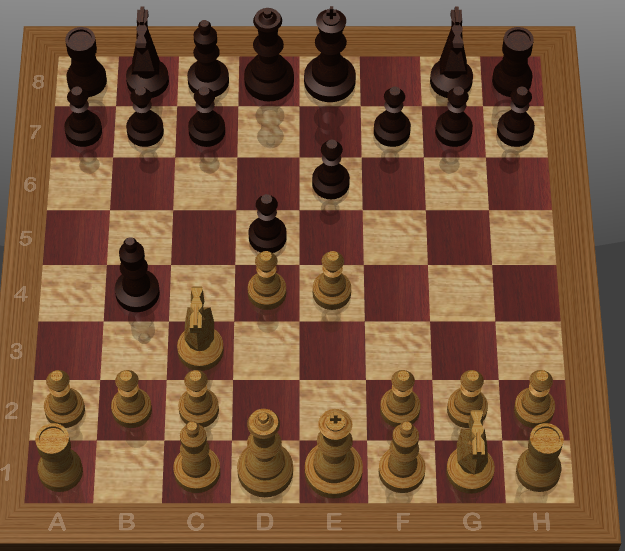
One of the best possible responses for white is to set up a cramping pawn chain by moving 4. e5
4. e5
After this, it usually proceeds to:
4…c5
5. a3 c5xd4
6. a3xb d4xN
7. Nf3
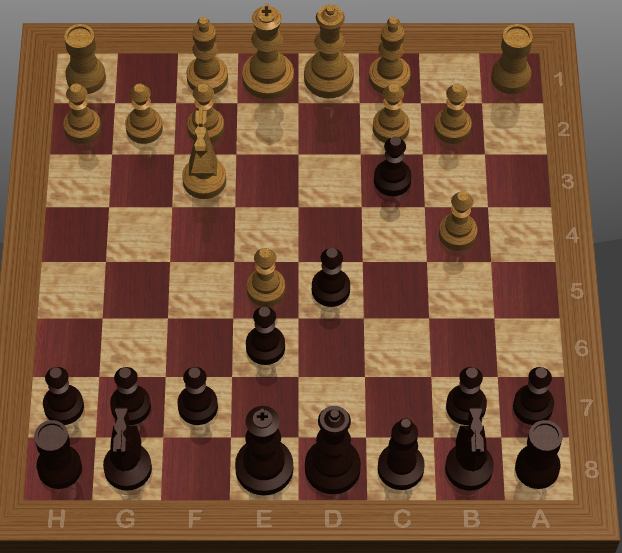
White sacrifices a pawn, which it can get back later to prevent 7. b2xc3 Qc7
The last option for black is:
3…Nf6
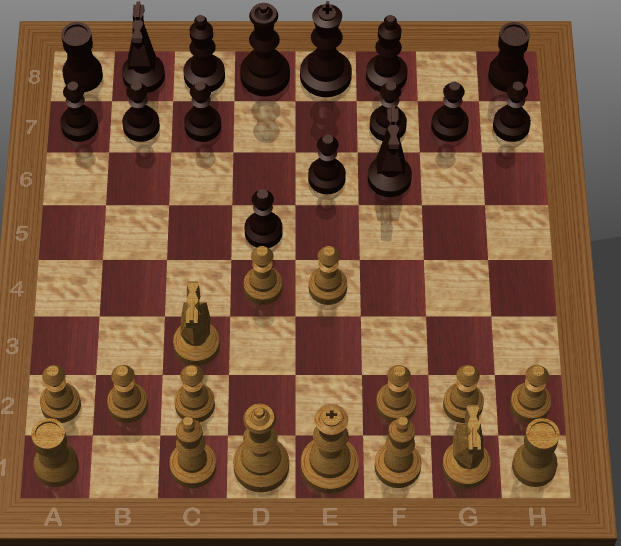
The main line runs like:
4. Bg5 Be7
5. e5 Nd7
6. Bxe7 Qxe7
7. Qd2 0-0
8. f4 c5
9. Nf3 Nc6
10. 0-0-0 f6
11. e5xf6 Qxf6
12. g3 c5xd4
13. Nxd4
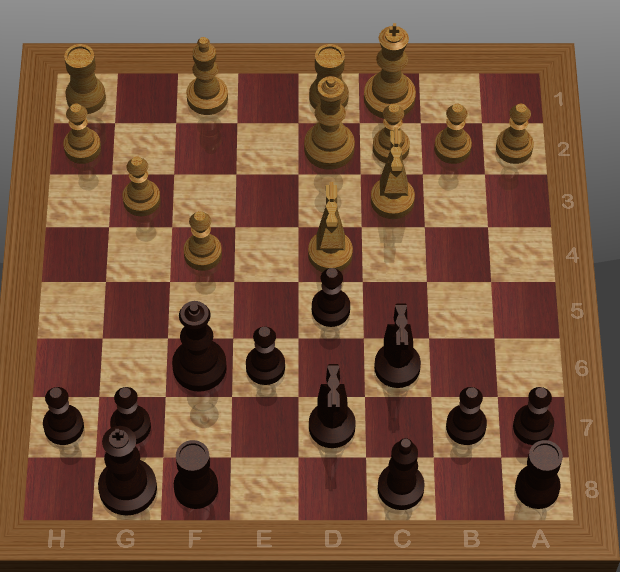
At this point white has a slight advantage due to black’s weak king pawn. However, black can build up and counter. White on the other hand can press on and attempt to secure more advantages.
So as you can see the French Defense is really interesting and has a lot of possibilities in play!

